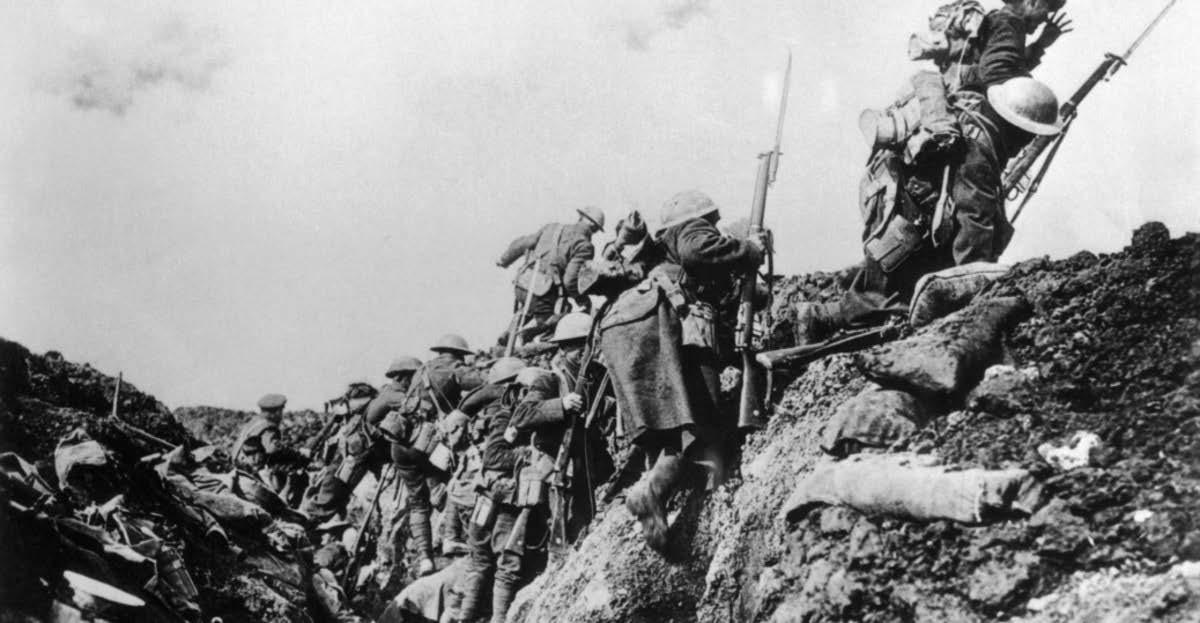
11 minute read
Art Nouveau
from Assignment 8 Vol 6
by mela corral
Fig. 4 Alexander Schönauer, (1902), Fish knife and fork,[Photograph]
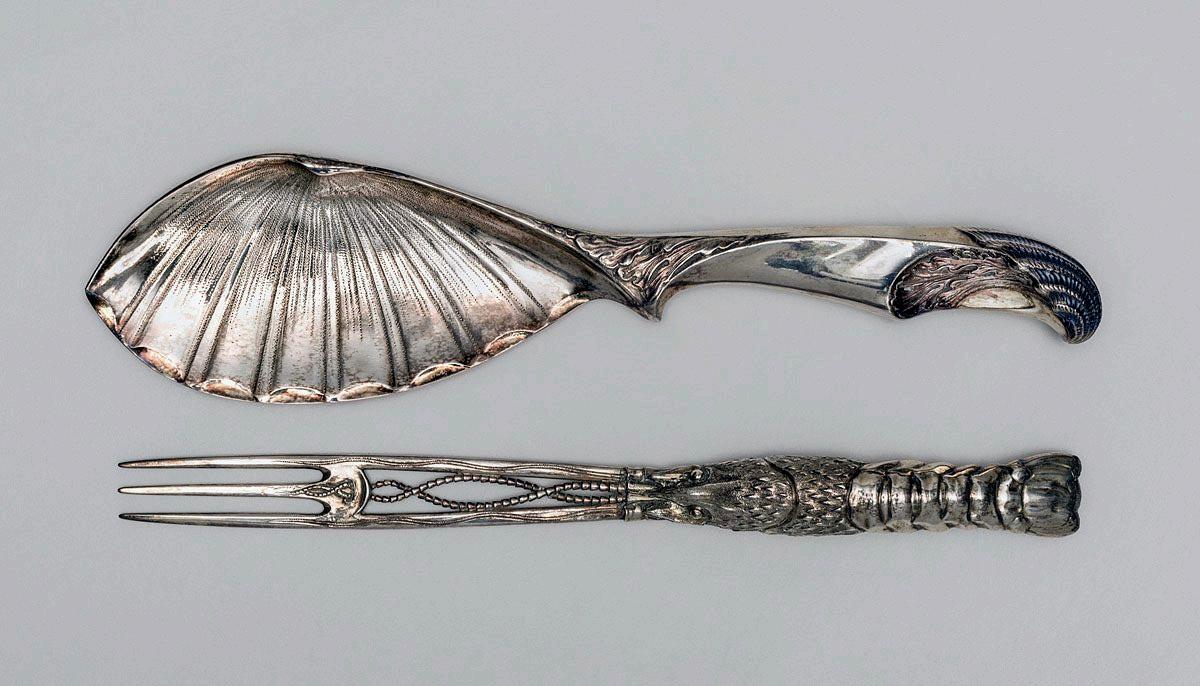
Advertisement


art nouveau art nouveau

Belle Époque is called the long time of peace in Europe since the end of the French Prussian War, 1871 and the beginning of the First World War, 1914. In the midst of the Second Industrial Revolution, France begins its Third Republic and Great Britain is the dominant empire. In Spain, Elizabeth II, since her exile, abdicated in her son Alfonso XII. Since 1886, her beloved son Alfonso XIII, is king, under the regency of her mother Maria Cristina.
Forty years of peace favoured unprecedented economic and technological progress. Progress that each country strives to show in the successive Universal Exhibitions. Throughout Europe, imperialism is considered an acceptable state policy. Its colonies are the supplier of the raw material and the new market for the growing industry.
In the big capitals and fashionable seaside resorts, spaces of leisure and hospitality multiply. The style chosen for facades and interiors is eclecticism. Factories are built in the vicinity and working-class neighbourhoods grow around them. The poor living conditions of the workers will lead to multiple revolts, including some revolution in the European capitals.
Guy de Maupassant wrote this on “The wandering life” in 1899: A MODERN ART FOR A MODERN WORLD. A MODERN ART FOR A MODERN WORLD.

“But I wonder what will be concluded of our generation if some future riot does not topple this tall, skinny pyramid of iron ladders, this ungainly, giant skeleton whose base appears designed to carry a formidable monument of the Cyclops and which aborts in a ridiculous, thin profile of a factory chimney.”
The new houses are equipped with porcelain toilets, bathrooms with stoneware walls and floors. Economic stoves and coal boilers provide hot water and heating. Artificial lighting installations, first by gas and then by electricity, will turn the lives of citizens around by encouraging literacy and study for those who, after a day's work, can read at night. The architecture and design of the 19th century moved within the contradiction: everyone felt the need to find their own specific architectural language according to their time. Advances in construction engineering were observed with suspicion, it was not regarded as a true architecture, and architects resorted to the different styles of the past, and neorenaissance and, above all, neo-gothic buildings were constructed everywhere, without anyone seeming to be able to find a way out of this situation of exhaustion. Thus, while historical styles continue to be repeated throughout Europe, a controversial iron construction is going to become one of the symbols of modernity. Built by AlexandreGustav Eiffel for the 1889 Universal Exhibition, it became the spearhead for the strong avant-garde currents that would transform the world. (Belle Epoque, Wikipedia Contributors, 2019)
After vilifying the tower in his writings and bitter statements and to the astonishment of his friends, de Maupassant began to go every day to lunch at the restaurant Eiffel Tower.
"Why do you do it, Guy? - asked his friends. You, who hate the tower with all your heart.
And he replied sharply: "Well... this is the only place in Paris where you can't see the Eiffel Tower.
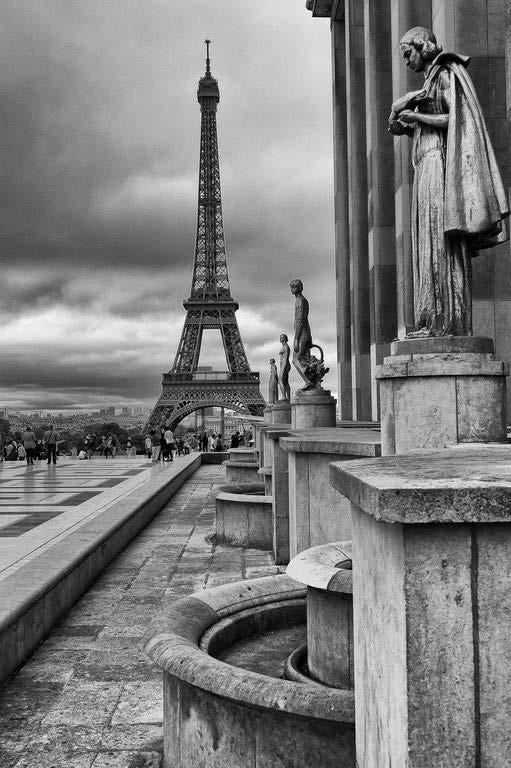
attempt to find a modern style, suitable at a time that was waiting for the new century with enthusiasm, that was completely detached from the past and based on the use of new materials. A style that was not only international (throughout Europe movements with a very similar name arose: Modernism in Spain, Art Nouveau in France, Modern Style in Great Britain, Jugendstil in Germany, Sezessionsstil in Austria ...), but it caught on strongly in all areas of art and design to create an authentic decorative environment, controlled by the architect, capable of applying to all aspects of urban life: from houses to subway stations, from furniture to interior decoration, including the dresses of their owners.

Art was influenced by this new air of optimism, which will provoke the reaction of artists to nineteenth-century conventions, a rejection of academicism and a desire to break with established canons. In this way, new movements and the first artistic avant-garde were born, such as expressionism, Fauvism, modernism and futurism. (Art Nouveau, Wikipedia Contributors, 2019)
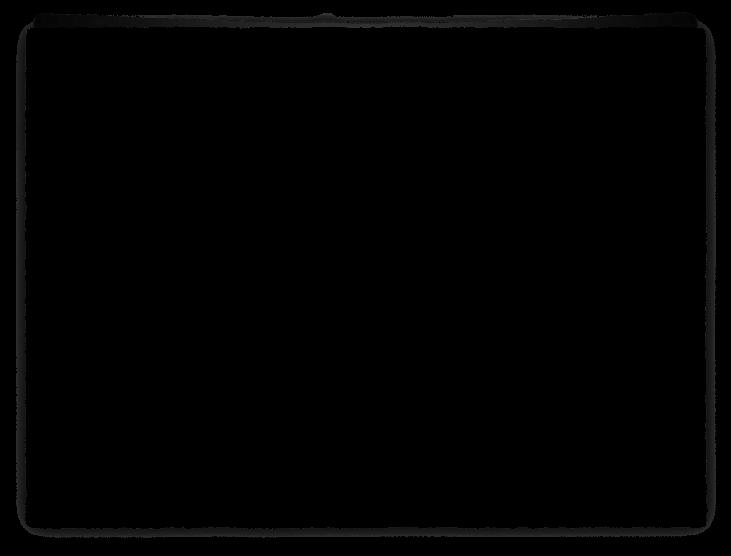
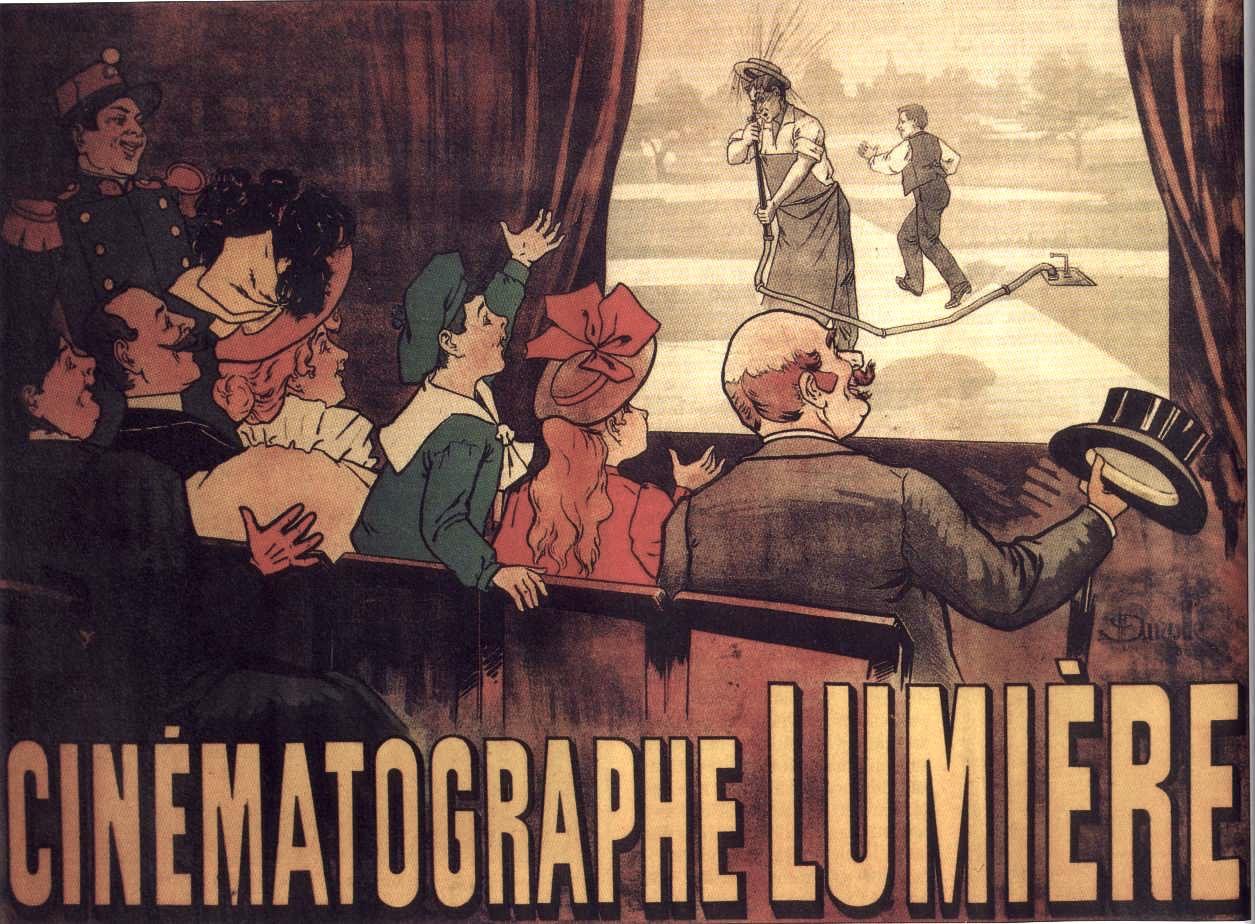

Fig. 10 Marcellin Auzolle, (1895), The world's first movie poster, for the comedy L'Arroseur Arrosé, 1895 [Photograph].
Fig. 6 Henri de Toulouse Lautrec, (1893), Jane Avril, Jardin de Paris [Photograph].
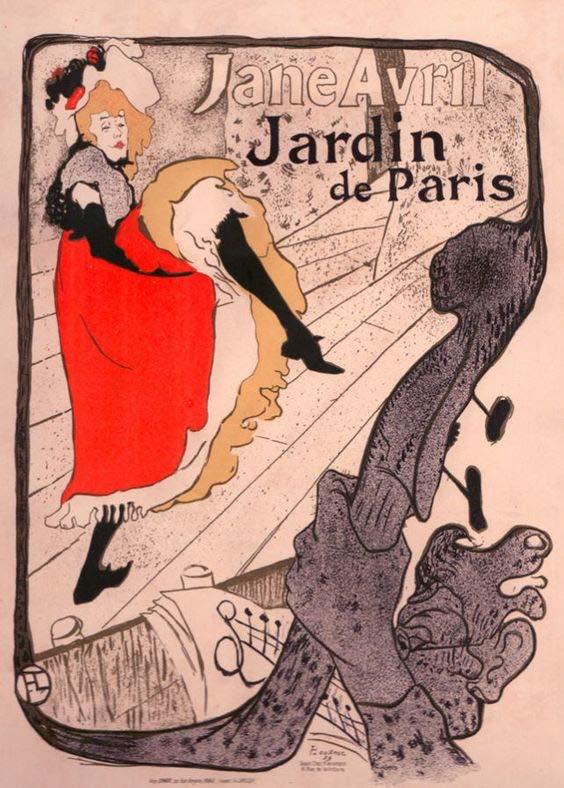

5 Fig. 8 Alfons Mucha, (1897), F. Champenois Imprimeur-Éditeur [Photograph].
“The term art nouveau first appeared in the 1880s in the Belgian journal L’Art Moderne to describe the work of Les Vingt”, (Lingelheim, 2014) twenty painters and sculptors seeking reform through art. Les Vingt, like much of the artistic community throughout Europe and America, responded to leading nineteenthcentury theoreticians such as French Gothic Revival architect Eugène-Emmanuel Viollet-le-Duc (1814–1879) and British art critic John Ruskin (1819–1900), who advocated the unity of all the arts, arguing against segregation between the fine arts of painting and sculpture and the so-called lesser decorative arts. (Art Nouveau in Brussels, Wikipedia contributors, 2019)


Deeply influenced by the socially aware teachings of William Morris and the Arts and Crafts movement, Art Nouveau designers endeavored to achieve the synthesis of art and craft, and further, the creation of the spiritually uplifting Gesamtkunstwerk (“total work of art”) encompassing a variety of media. (Gesamkunstwerk, Wikipedia contributors, 2019
Painting styles such as Post-Impressionism and Symbolism shared close ties with Art Nouveau, and each was practiced by designers who adapted them for the applied arts, architecture, interior designs, furnishings, and patterns. They contributed to an overall expressiveness and the formation of a cohesive style.

Fig. 13 Victor Horta, (1894), Hotel Tassel, front view. [Photograph].
The Tassel hotel, built in Brussels in 1893, is considered the Art Fig. 12 Victor Horta, (1894), Hotel Tassel, staircase drawings. [Photograph]. The Tassel hotel, built in Brussels in 1893, is considered the Art Fig. 13 Victor Horta, (1894), Hotel Tassel, front view. [Photograph].


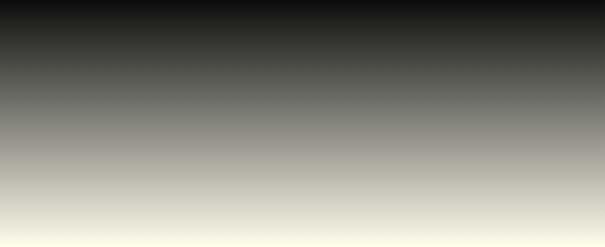
Nouveau manifesto. It is the work of Víctor Horta, an architect with an interior designer's soul that seeks harmony between inside and outside. The use of iron as a structural and decorative element allows the creation of a functional and free distribution. The glass cover illuminates a selected range of colors. He is also the author of the House of the People in 1895, home of the first labor union. 6 Nouveau manifesto. It is the work of Víctor Horta, an architect with an interior designer's soul that seeks harmony between inside and outside. The use of iron as a structural and decorative element allows the creation of a functional and free distribution. The glass cover illuminates a selected range of colors. He is also the author of the House of the People in 1895, home of the first labor union.
ART NOUVEAU CHARACTERISTICS
“A rejection of Victorian styles and of historical imitation in revivals or through eclectic combinations of precedents. A willingness to take advantage of modern materials (iron and glass) and modern techniques (industrial production), and such innovations as electric lighting. A close relationship with the fine arts, incorporating painting, basrelief, and sculpture into architecture and interior design. The use of decorative ornamentation based on natural forms – flowers, vines, shells, bird feathers, insect wings – and abstract forms derived from these sources. Curvilinear forms as dominant themes … S-curves or ‘whiplash’ curves usually regarded as the most visible Art Nouveau motif.”
(Pile & Gura, 2013, p287)
Fig. 14 Louis Majorelle, (1897), Wall Cabinet - [Photograph].


Fig. 17 William Morris, (1883), Printed textile design [Photograph].
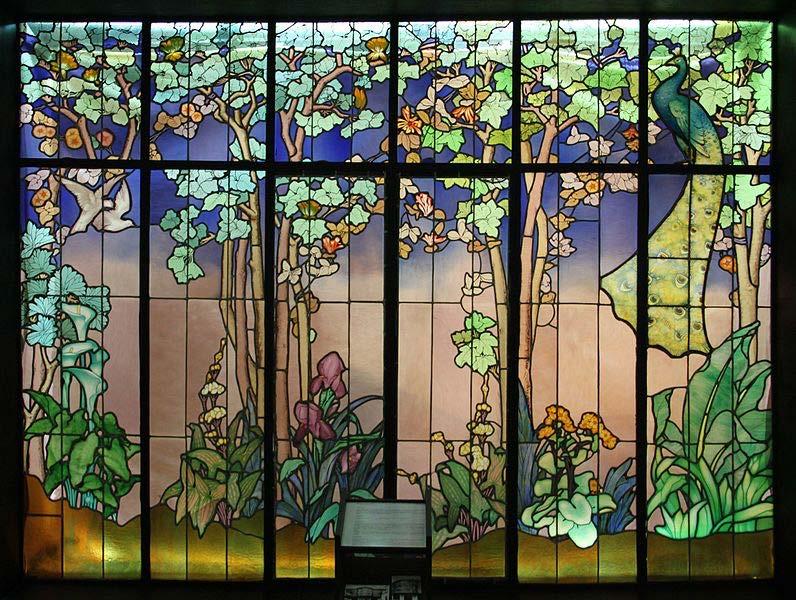
Fig. 18 Jacques Gruber, (1904), Stained glass window Veranda de la Salle [Photograph].
The stylized features of Japanese prints appeared in Art Nouveau graphics, porcelain, jewellery, and furniture.
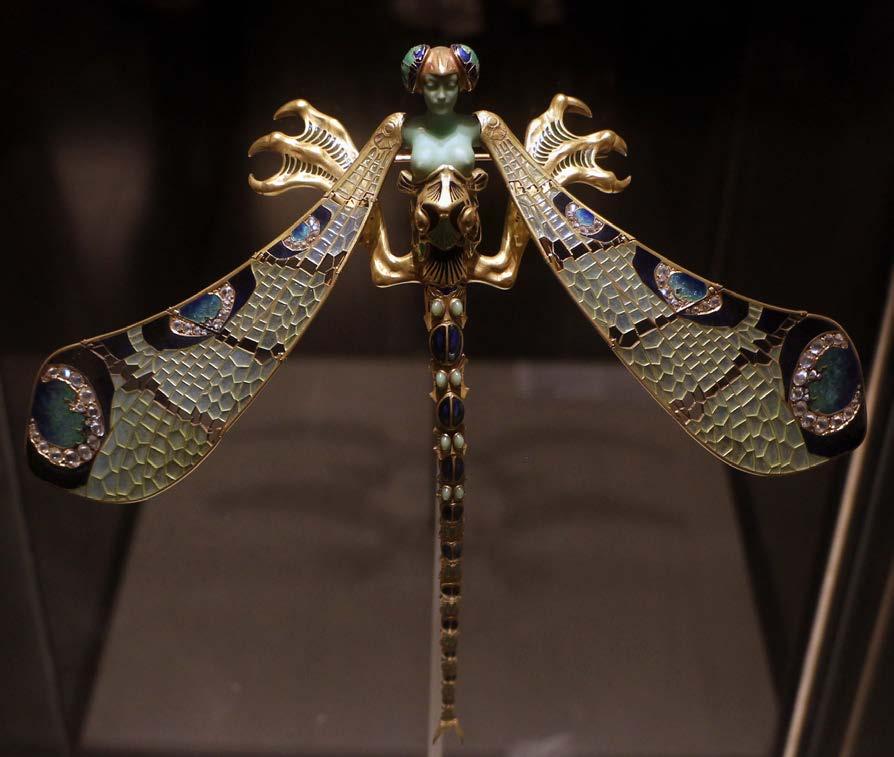

Fig. 16 Kunisada Yoshiwara, (1819), The Hours of the Yoshiwara, c.?1818 [illustration].
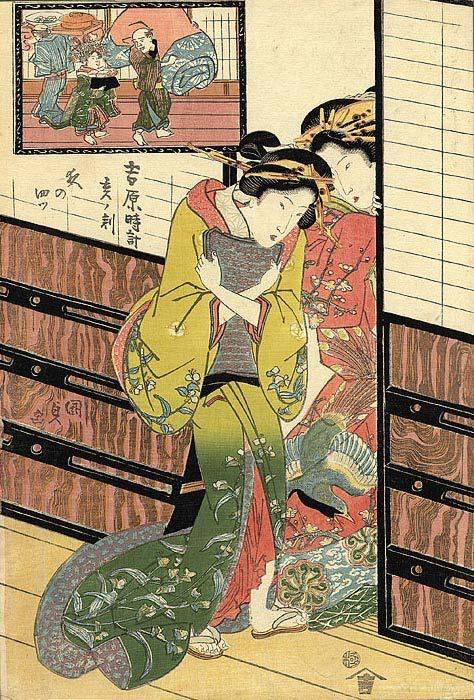
The Paris 1900 Exposition universelle marked the high point of Art Nouveau. Between April and November 1900, it attracted nearly fifty million visitors from around the world, and showcased the architecture, design, glassware, furniture and decorative objects of the style.
Fig. 19 Lalique, (1897), Dragonfly Lady brooch by René Lalique, made of gold, enamel, chrysoprase, moonstone, and diamonds [Photograph].
Art Nouveau Fig. 20 Musée de l ́ École de Nancy, (2019), Manufacture Daum, coupe l’hiver [Photograph]. Fig. 21 Musée de l ́ École de Nancy, (2019), Eugène Vallin, Victor Prouvé et Manufacture Daum, salle à manger Masson [Photograph]. Fig. 22 Hector Guimard, (1896), Paris Metro [Photograph]. Fig. 23 Pinterest/ Sigfried Samuel Bing, (1895), L ́Art Nouveau [Photograph]. Fig. 24 Sotheby ́s /Hector Guimard, (2018), Side chair [Photograph]. A Fig. 25 Emile Gallé/TasArt, (2016), Emile Gallé crystal piece [Photograph]. Fig. 26 Gustave Serrurier-Bovy, (1899), Bed and mirror by Gustave Serrurier-Bovy (1898–99), now in the Musée d'Orsay, Paris [Photograph]. Fig. 27 1stdibs/ Adolf Loos, (2018), Chair [Photograph]. Fig. 28 Otto Eckmann, (1897), Tapestry The Five Swans by Otto Eckmann (1896–97) [Photograph]. Fig. 29 Lois Comfort Tiffany, (1900), Lamp with Wisteria design by Louis Comfort Tiffany (1899-1900) [Photograph]. 21 20 25



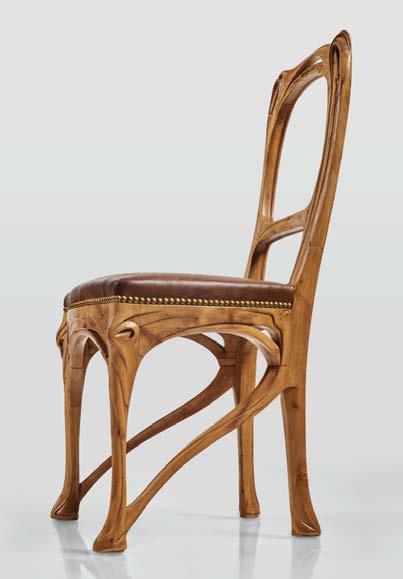
24
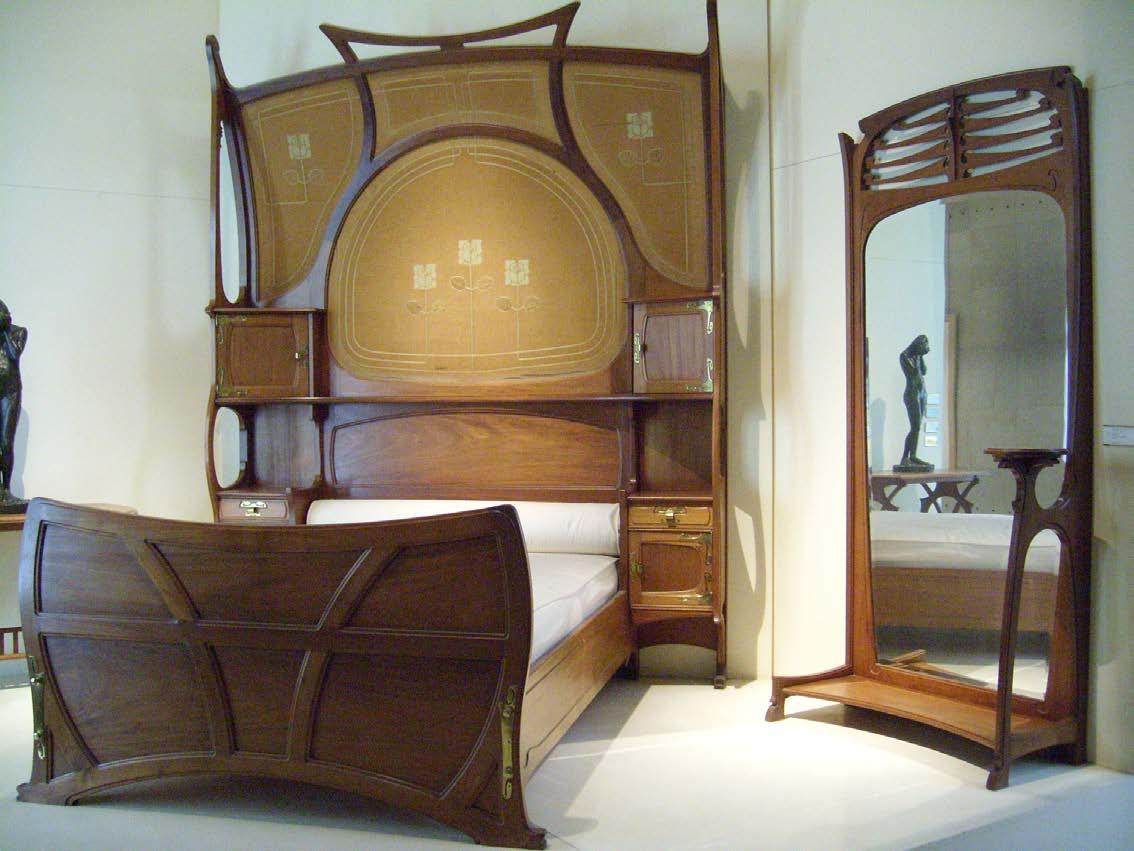
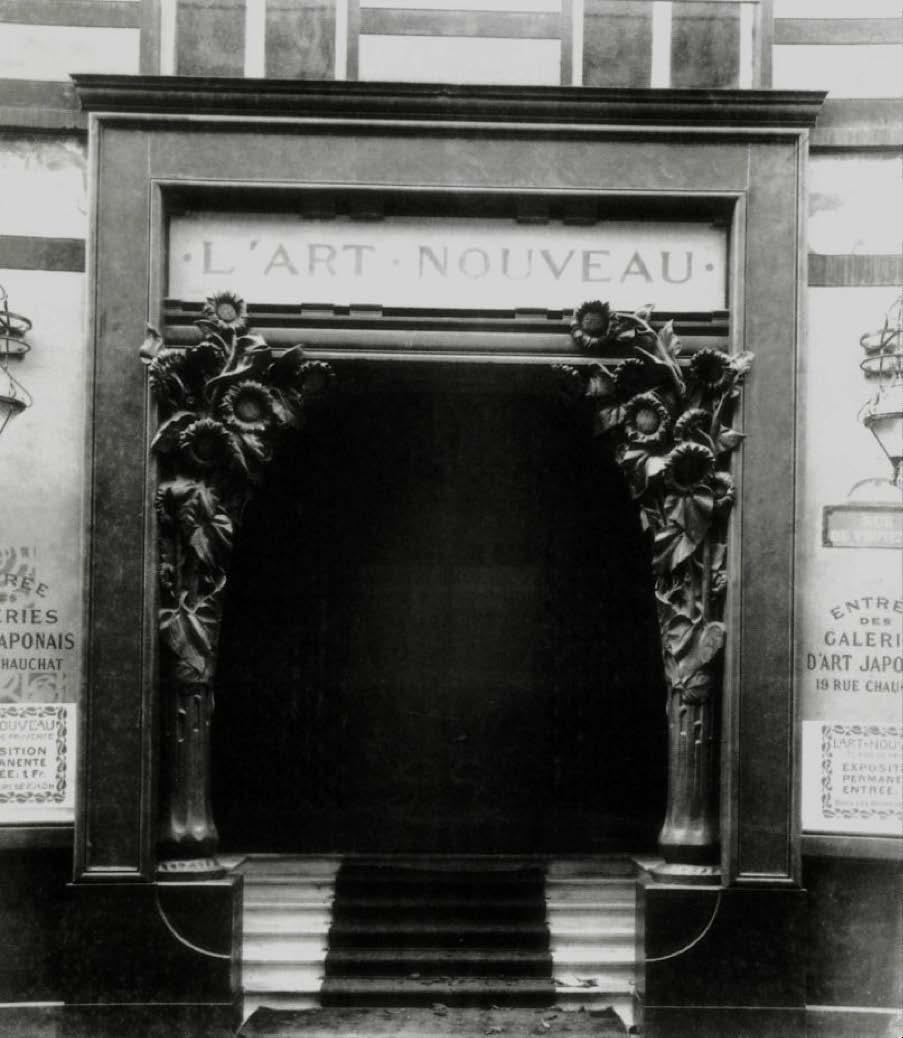
22
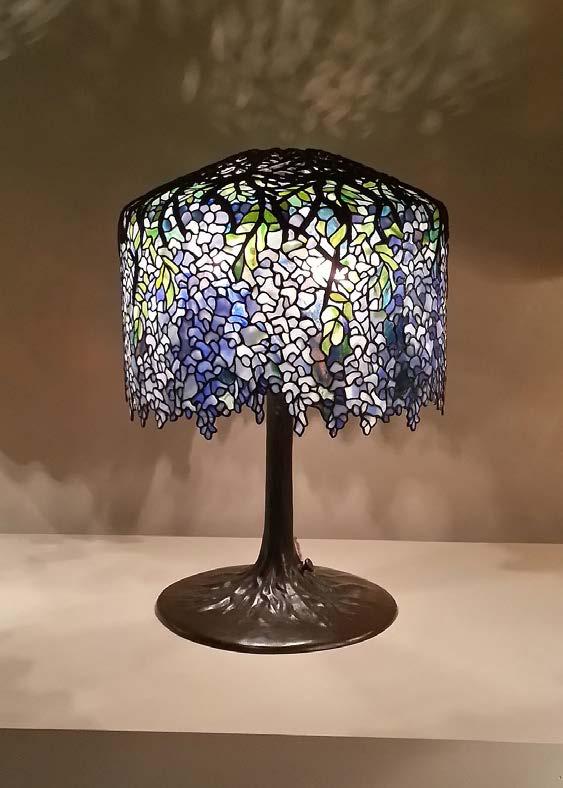

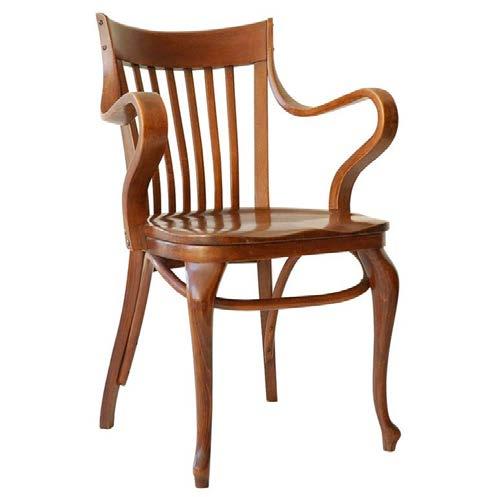
Fig. 32 Maurice Devignée, (1910), Hôtel Verlaine, 12 Rue Grandgagnage, Liège. [Photograph].
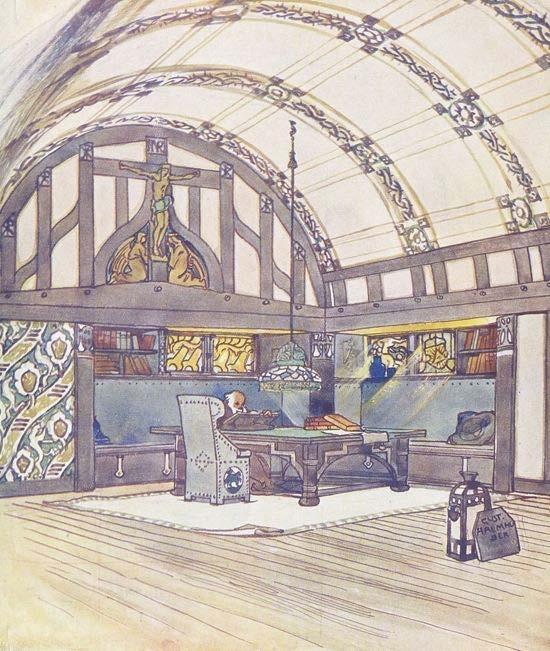


In Art Nouveau you can create all the elements of the environment, both interior and exterior. The organic contours of the exterior of the buildings were combined with equally beautiful interiors. Architects and designers created a work where each element shared the same visual grammar.
1 Fig. 33 Sacavém factory (1910) Tile Art Nouveau ,[photograph] Fig. 34 Sacavém factory (1910) Tile Art Nouveau ,[photograph] Fig. 35 Silver Studio and Leborgne, (1897), Textile design[ photograph] Fig. 36 Silver Studio and Leborgne, (1897), Textile design[ photograph] Fig. 37 Litografiska Museet, (1899), Mönsterblad Fig. 38 Minton Hollins et Co, (1910) Tile Art Nouveau [photograph] Fig. 39 Librairie Centrale des Beaux-Arts, (1896),Snow-Balls, La Plante et ses applications ornementales[ illustration]
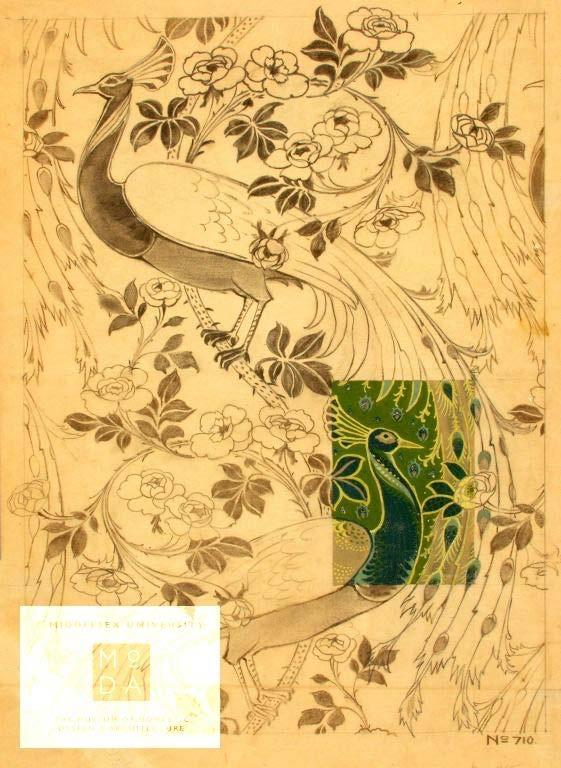


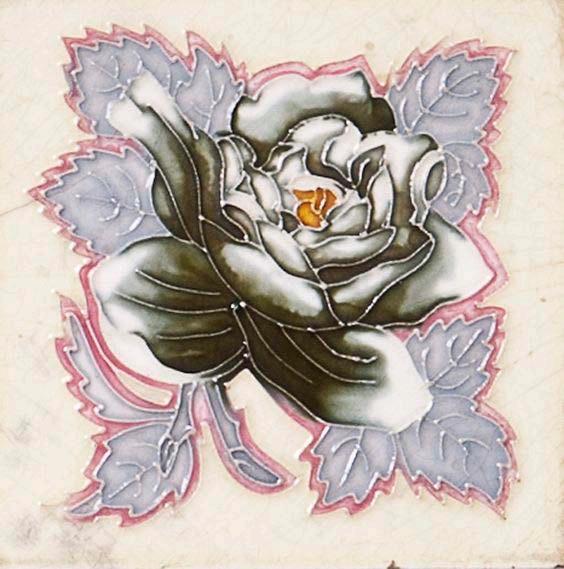
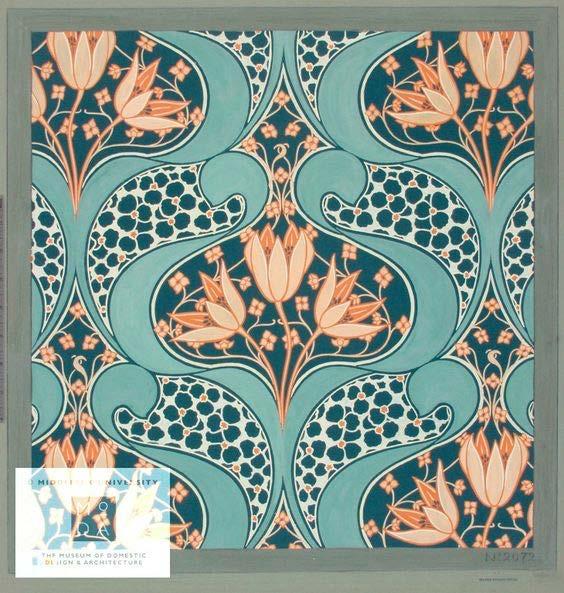
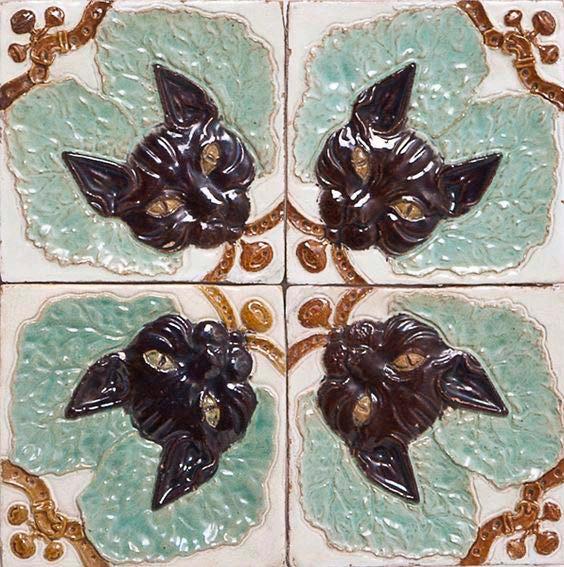
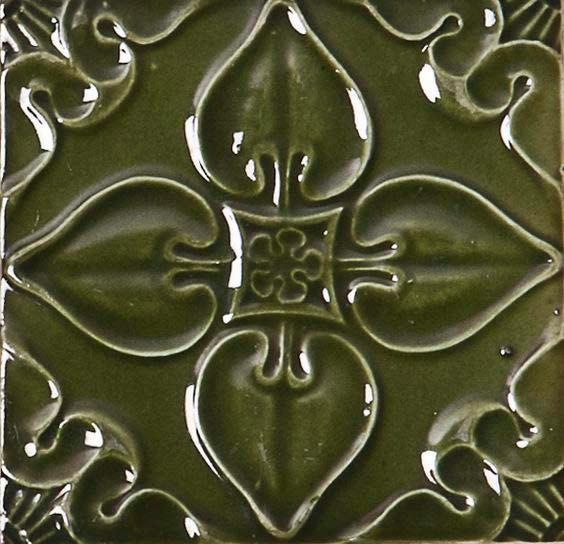
36 38 33 34
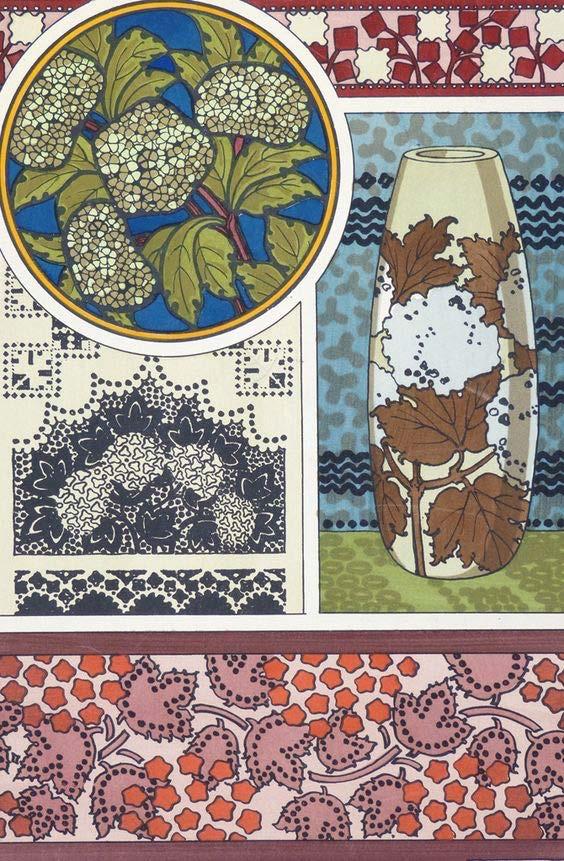

Gucci bloom campaign photo

fig 43 gucci (2018) gucci bloom campaign [photograph]
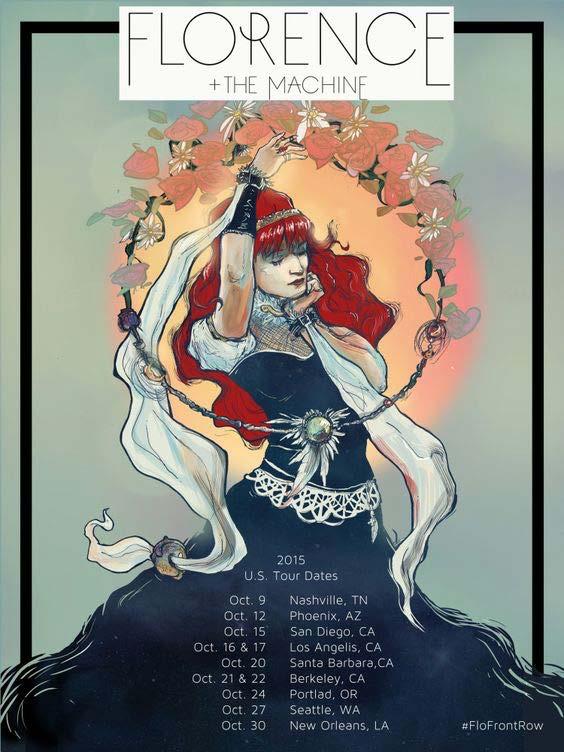
Alfons Mucha (1898), Dance [Illustration].
design searches again in its origins and is inspired by the visual language of art nouveau.
Fig. 40
Antoana Petkova (2015), Florence & The Machine US tour 2015 [Photograph].
Fig. 42 Hayne Palmour IV/San Diego Union-Tribune(2015), Florence & The Machine US tour 2015 [Photograph].
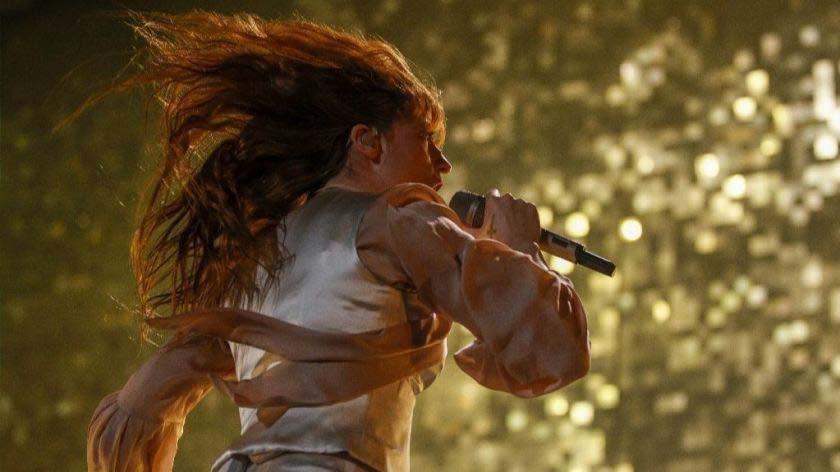
WAR
